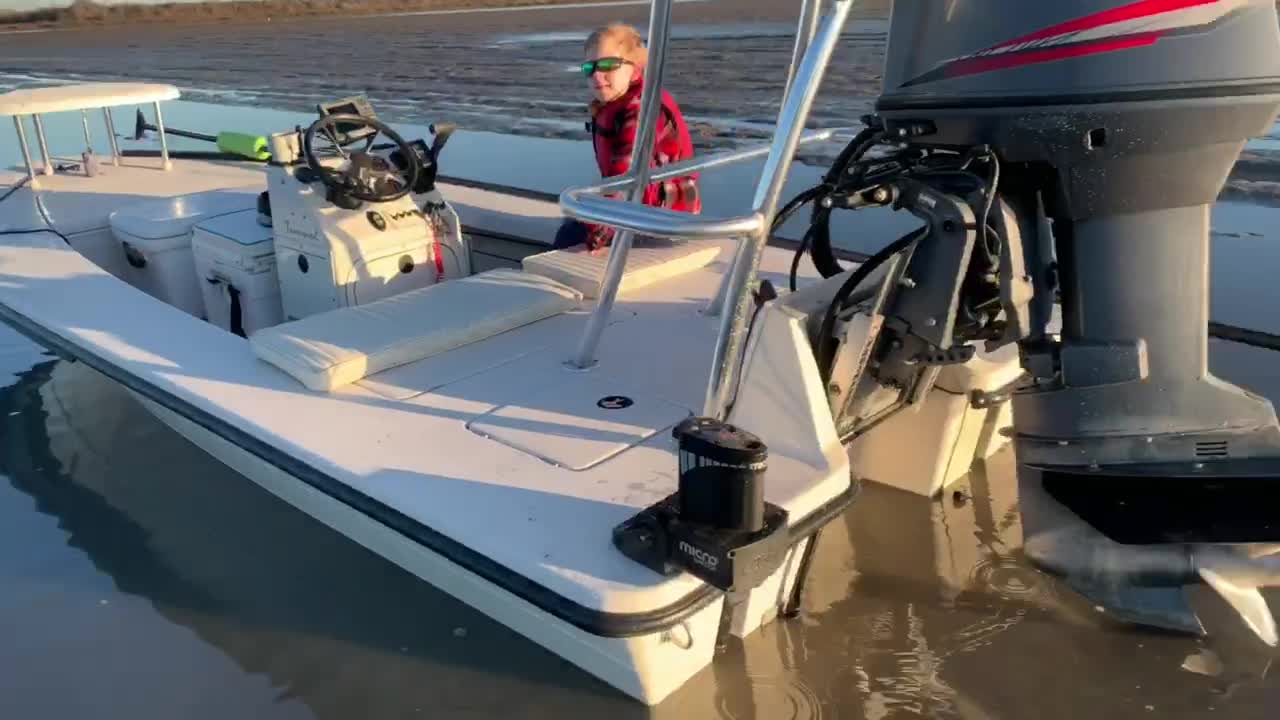I am new to running in shallow water and I am wondering if there are any tips or tricks to avoid getting in a bad way. How do you all run in shallow water and know it is safe to run through an area? I am looking for tips and tricks on running through shallow areas and definitely suggestions on how to avoid damaging the boat and motor.
Here is one example. The goal is Kanes Creek on the right. Normal me would take the long way around, go past the channel marker, past the island, and then go to Kanes Creek. It is clearly a lot shorter to cut through the area that says Foul area. Other charts are showing a few feet of depth. How do you determine if it is safe to run through the area the first time you go through there?
![Image]()
Here is another example of a trip I have in mind. This is the Eastern Shore of VA and the Barrier Islands. Truthfully the water is big water back in there but it is very shallow. The areas behind the barrier islands hold fish on the flats but they are constantly changing. How do I safely determine where I can cut through shallow water?
![Image]()
Here is one example. The goal is Kanes Creek on the right. Normal me would take the long way around, go past the channel marker, past the island, and then go to Kanes Creek. It is clearly a lot shorter to cut through the area that says Foul area. Other charts are showing a few feet of depth. How do you determine if it is safe to run through the area the first time you go through there?
Here is another example of a trip I have in mind. This is the Eastern Shore of VA and the Barrier Islands. Truthfully the water is big water back in there but it is very shallow. The areas behind the barrier islands hold fish on the flats but they are constantly changing. How do I safely determine where I can cut through shallow water?





